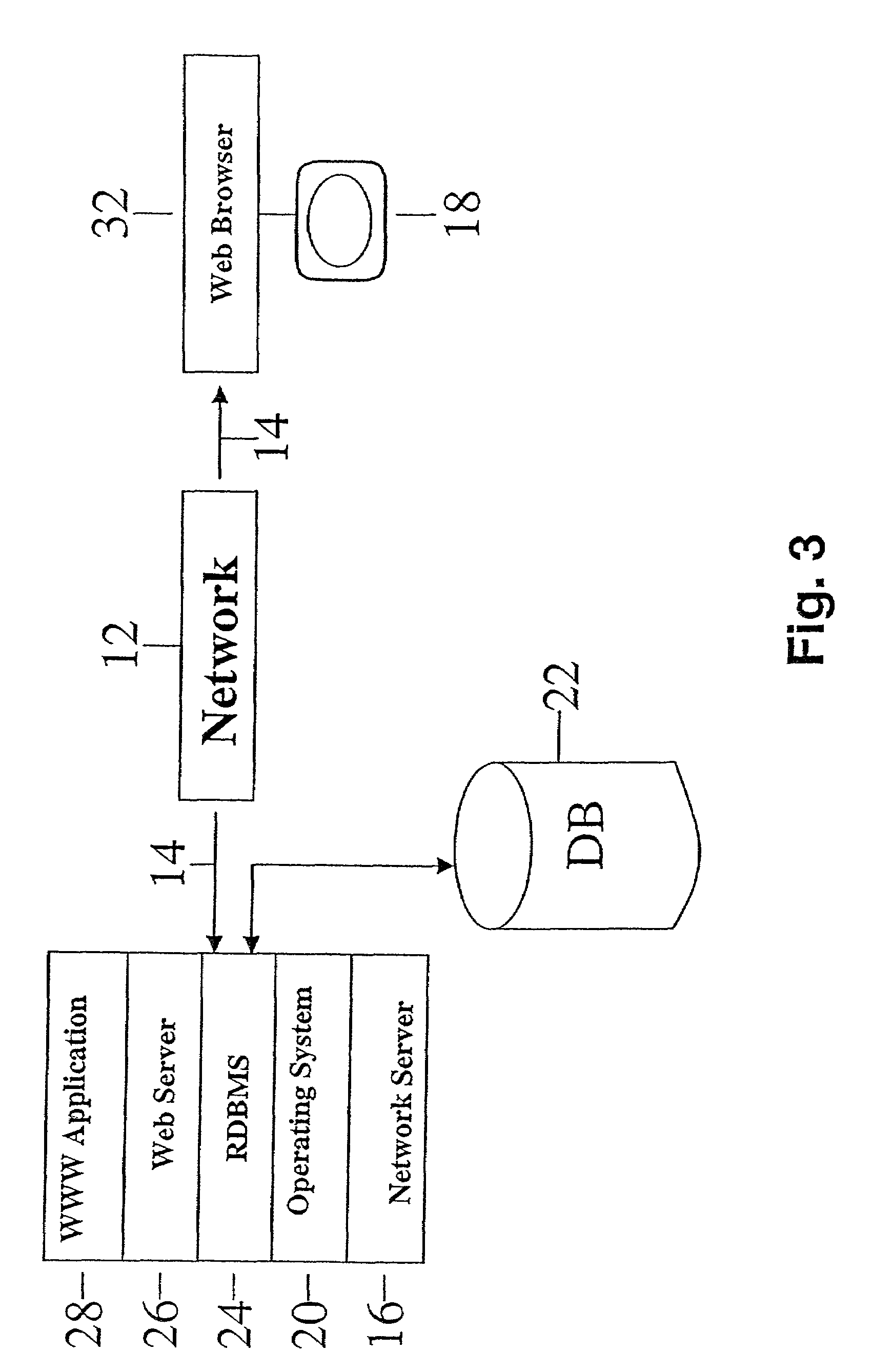System for functional gene discovery in plants
a technology for functional genes and plants, applied in the field of plant functional gene discovery systems, can solve the problems of early lethality, identification of loss-of-function mutants and associated genes,
- Summary
- Abstract
- Description
- Claims
- Application Information
AI Technical Summary
Benefits of technology
Problems solved by technology
Method used
Image
Examples
example 1
[0172]Functional Gene Discovery in Arabidopsis
[0173]An example of the use of the methods of the invention in Arabidopsis is described below. It will be understood that the method generally applies to all plants, however, details such as optimal plant growth conditions, transformation methods, selection conditions, are specific to the type of plant used in practicing the method.
[0174]Growth of Arabidopsis thaliana Plants.
[0175]General information on the care of Arabidopsis plants is found at the www.biosci.ohio-state.edu / ˜plantbio / Facilities / abrc / HANDLING.HTM website.
[0176]Briefly, Arabidopsis plants are grown in Premier HP soil which contains peat moss and perlite, using a minimal amount of N-P-K (171-2-133) fertilizer diluted to 1 / 10 the strength, with sub-irrigation, as needed and a n 18 hr day length using natural light supplemented by high pressure sodium lamps at a temperature of 20-25° C. Seeds are sown under humidity domes for the first 4-7 days, then transferred to a greenh...
example 2
[0214]Description and Characterization of Activation Tagging Constructs
[0215]In one example, the Agrobacterium strain GV3101 containing the helper plasmid pMP90RK may be used to carry pSKI015, where the host and helper plasmid markers are kanamycin, gentamycin and rifampicin resistance.
[0216]In another example, pSKI074 (GenBank accession AF218466; Weigel D et al., 2000, supra), known to work in a similar context to pSKI015, includes a selection cassette which contains the nptII structural gene conferring kanamycin resistance under the control of the Agrobacterium mannopine synthase promoter and terminator. Additional modifications to the selection cassette included construction of pAG3201, which has a selection cassette containing the nptII selection gene under the transcriptional control of the strong constitutive promoter CsVMV and the Agrobacterium gene 7 terminator, in place of the original mas pro-bar-ocs selection cassette; and pAG3202 which has a selection cassette containing...
example 3
[0223]Sequence Rescue From Tagged Lines By PCR
[0224]Using a pool of 8 activation tagged lines, genomic DNA was extracted for flanking sequence isolation.
[0225]In one example, TAIL-PCR (Thermal Asymmetric Interlaced; Liu et al. 1995. Plant Journal 8(3) 457-463) was carried out as described in Liu et al., 1995, including the sequence of the degenerate oligonucleotide primers. Sequence-specific oligonucleotide primers were also designed complimentary to the ocs terminator in the selection cassette and to the LB of the T-DNA of pSKI015, pAG3201 and pAG3202.
[0226]In another example, i-PCR (inverse PCR; Does et al., Plant Molecular Biology 17: 151-153, 1991) was carried out by using primers specific to T-DNA left and right borders. Briefly, genomic DNA was digested by different restriction enzymes and self-ligated, followed by one primary PCR reaction using the self-ligations and one nested PCR with the diluted primary PCR products. The nested PCR products were gel-purified and sequenced,...
PUM
| Property | Measurement | Unit |
|---|---|---|
| diameter | aaaaa | aaaaa |
| temperature | aaaaa | aaaaa |
| humidity | aaaaa | aaaaa |
Abstract
Description
Claims
Application Information
 Login to View More
Login to View More - R&D
- Intellectual Property
- Life Sciences
- Materials
- Tech Scout
- Unparalleled Data Quality
- Higher Quality Content
- 60% Fewer Hallucinations
Browse by: Latest US Patents, China's latest patents, Technical Efficacy Thesaurus, Application Domain, Technology Topic, Popular Technical Reports.
© 2025 PatSnap. All rights reserved.Legal|Privacy policy|Modern Slavery Act Transparency Statement|Sitemap|About US| Contact US: help@patsnap.com



